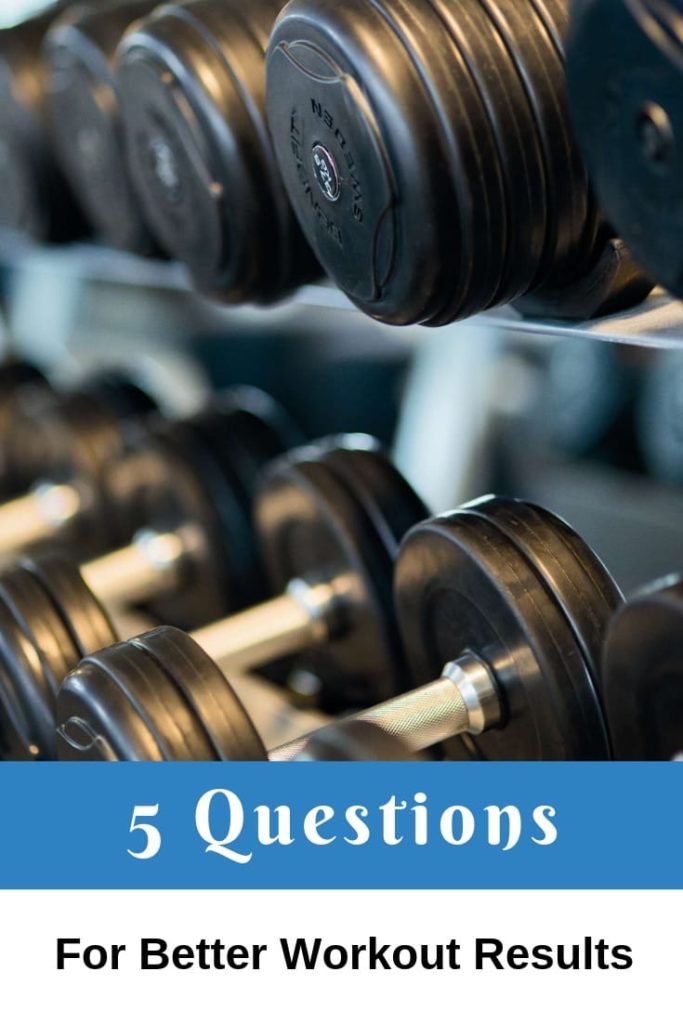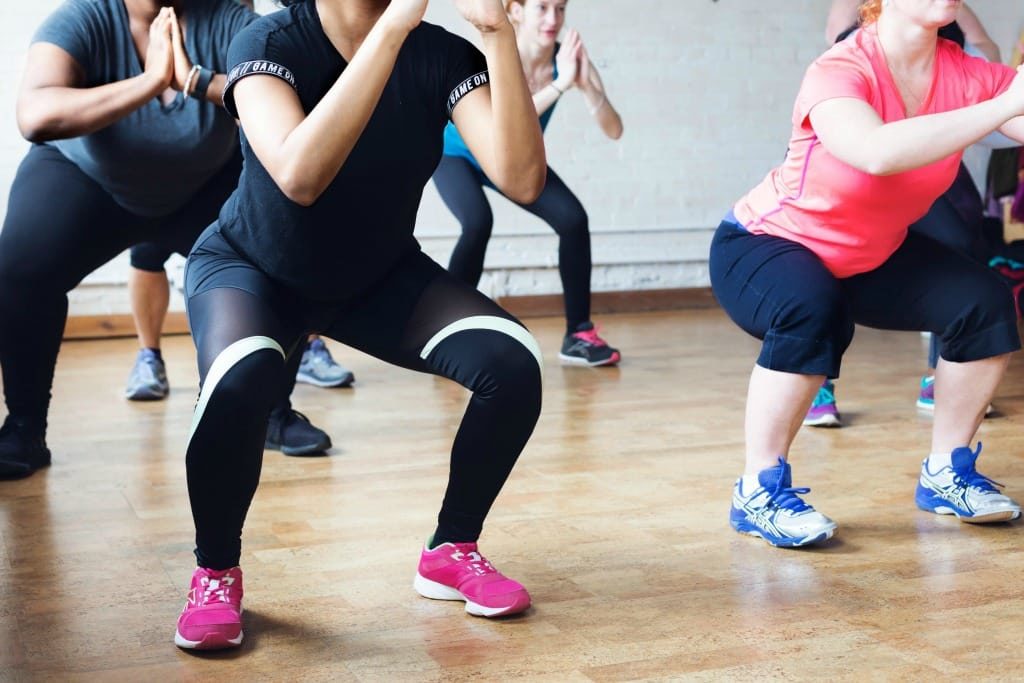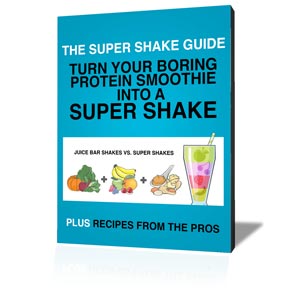How many times have you lost track of your reps because your brain was still at work? How often have you forgotten what exercise goes next because you were replaying the fight you had with your spouse before you left the house? To get the most out of your workout, you need to stop checking out in the gym and tune in to your body.
Ask yourself these five questions to get the most out of your gym workout
If you find yourself just going through the motions of your workout, you may not be getting the benefits you desire. Injury is also more likely to occur when you’re distracted and detached from your body. Instead of checking email between sets or chatting up the person next to you, look at your workout as a time to practice mindfulness and connect with your body. Here are five questions to use as touchpoints during your workout. Use them as pointers to keep the mind engaged and get the most out of your gym workout.
What’s my body saying?
This is a question to ask before you set foot in the weight room. Sitting in your car in the parking lot or as you change in the locker room, do a quick scan of your body. Look for areas of tightness or pain and check your energy level. Give yourself permission to modify your workout, if needed. If you are feeling pain anywhere, let your personal trainer or instructor know. Even if it is a chronic condition just having a minor flare-up, your coach will appreciate the alert. I am always happy to provide a modification, especially if it allows my client to not be in pain during the workout.
Take a few deep breaths and think about what you need from the workout today. Start your warm-up in a place of respect for your body and being prepared to honor where it is today.
Am I breathing?
Reminding people to breathe is a constant in my coaching routine. Trying to do a move perfectly, especially a new or complex one, brings a level of concentration that turns off the impulse to exhale. Not breathing not only makes you tense but it can also cause you to get dizzy and pass out. Sometimes it’s the desire to “breathe correctly” that causes someone to hold their breath. While I like to coach clients to exhale on the exertion phase of the exercise, there is no one right way to breathe. You just need to make sure you keep breathing.
What muscles is this working?
When I coach or cue a move, I try to tell clients which muscle should be initiating the motion. Or I’ll ask them after the fact, “which muscle did you feel working?” My motivation is twofold. First, I want clients to perform the move correctly to ensure they are getting the most out of the movement. For example, if you are doing a Romanian deadlift you should feel the work or sensation in the hamstrings (back of the legs.) If you aren’t, you may need to adjust the weight you are using or adjust your position. Locked knees and a rounded back can transfer the work to the low back, risking an unwanted injury.
Second, by asking a client to think about the muscles that need to be engaged, I am asking her to listen and connect with her body. I am giving her something else to focus on other than her day, her worries or her to-do list. Finding space to focus just on the body and breathe is a form of moving meditation that can help you build a better relationship with your body in and out of the gym.
How’s my form?
This is tied to “what muscles you are using” in a lot of cases but not always. For example, you may feel your squat in your legs, but you may still be leaning forward. Or you may feel all the right muscles in a lunge, but your balance could be off because you’re not leaving neutral space between your feet (like you’re on train tracks) and going heel to toe (like you’re walking a tight rope). Improper or sloppy form can leave you off balance and prone to injury.
If your personal trainer or instructor adjusts your form don’t take it personally! Even if you’ve done an exercise 100 times, you still need to check in with your form. It’s easy to let it slip when you’re tired or distracted. Take the gentle nudges to drop your shoulders or sit back into your squat as the helpful hints they are meant to be, not a judgment that you are doing something wrong.
What’s the tempo?
Unless you’re doing a circuit, you need to slow down and take your rest between sets. Muscles only have a certain amount of short-term fuel and the anaerobic energy system needs time to replenish itself. If you rest between sets, your muscles will be recharged and you can get the most out of each set.
Alternating sets can help as well. If you do a leg exercise, rest for a short of amount of time and then do an upper body exercise, you can allow the muscle to rest longer while still keeping your heart rate up. For example, do a set of goblet squats, rest for 30 seconds, then do a set of push-ups. Your overall rest period is short but your legs get a longer break than a straight set of squats might provide.
You might consider one more question before you walk into the gym. Try asking yourself, “why am I here?” Getting in touch with your why might help you find your second wind after a long day or perk you up when it’s still dark outside. Thinking about how you get to work out instead of you have to work out can make all the difference in the quality of your workout. Tune into your body and your true motivation to get the most out of your gym workout.




